
Calvary Mount Church, Bad Ischl
Bad Ischl, AT
The Calvary Mount Church (Kalvarienbergkirche) is an 18th-century church built on a small hill overlooking the spa town of Bad-Ischl.
Here you can search for a building to visit. You can use the map find destinations, or you can use the filters to search for a building based upon what different criteria.

Bad Ischl, AT
The Calvary Mount Church (Kalvarienbergkirche) is an 18th-century church built on a small hill overlooking the spa town of Bad-Ischl.
Calvi, FR
Located in the citadel, the cathedral was originally built in the 13th century, and seems to have been destroyed in 1555, during the siege of the city by the French and Turks, whose fleets bombed the citadel. In 1567, lightning struck the powder magazines of the citadel and destroyed the church. It will be rebuilt in 1570, after a partial destruction. However, work only began around 1600, the choir was not completed until 1628 and the rest of the building in 1747. It became pro-cathedral in 1576 thanks to Pope Gregory XIII, when the bishops of Sagona established their residence there and during this period it became the seat of the diocese of Sagona.
Baarn, NL
The soberly designed church without a tower has a symmetrical front facade. On either side of the double door in the front facade is a horizontal stained glass window . Three narrow windows were made above the entrance doors. At the ends of the front facade are two freestanding pillars in the style of the Amsterdam School.

Genève, CH
The Calvin Auditory is a Protestant chapel, originally a Catholic place of worship under the name Chapelle Notre-Dame-la-Neuve, which was built in the 15th century as a Marian church on the site of shrines dating from the 5th century and originally dedicated to Notre-Dame. In 1536, with the advent of the Reformation in Geneva, Calvin desacralised it and transformed it into an auditorium, where he preached his Reformed theology. The auditorium was also used by the Scottish reformer John Knox during his stay in Geneva in the 1550s.
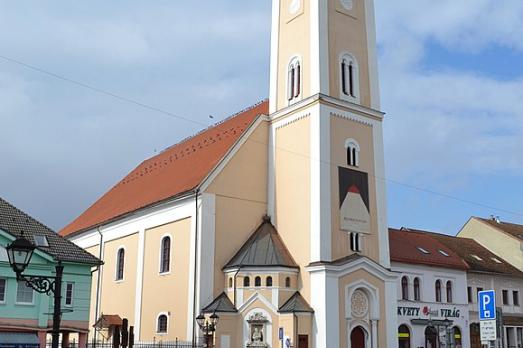
Rimavská Sobota, SK
The Calvinist church, with a single nave in Baroque and Classical style, was founded in 1784. At the end of the 19th century it was enlarged and later romantically redecorated. It was declared a national cultural monument in 1963.
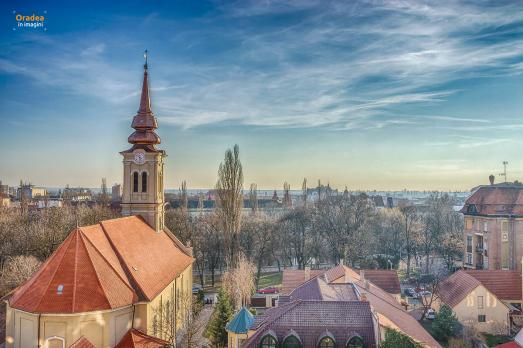
Oradea, RO
The Calvinist reformed church was built in the Baroque style between 1784 and 1787. Part of the historical region of Transylvania, Oradea is a stronghold of Calvinism, which is practiced by more than 13% of the population, making it the city's second largest denomination after Orthodoxy.
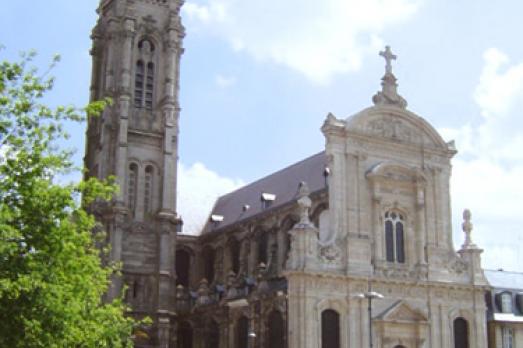
Cambrai , FR
The construction began in 1119, although there are earlier traces, with the consecration of the altar by Calixtus II. Several waves of work followed one another until the 18th century, leading to modifications to the cathedral. It was finally restored in the 19th century.
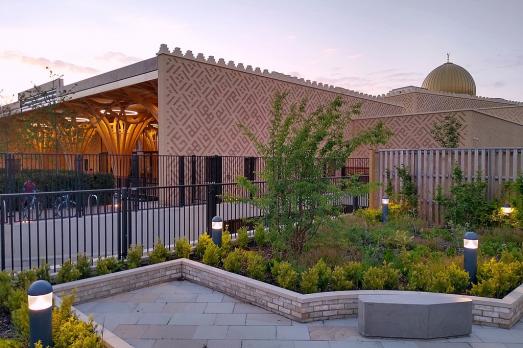
, GB
The Cambridge Mosque, built between 2016 and 2019, is Europe's first eco-friendly mosque. Its structure is entirely made of timber and includes photovoltaic cells, an air heat pump, a sedum roof and a rainwater recovery system.
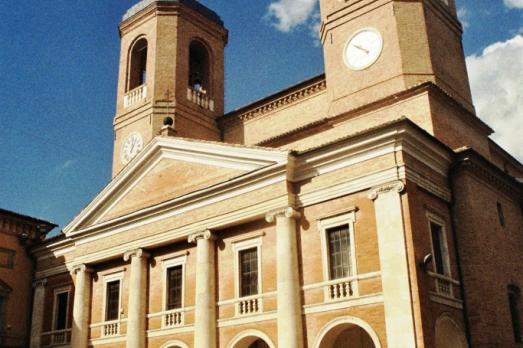
Camerino, IT
The cathedral of Camerino, designed by Andrea Vici and Clemente Folchi, was rebuilt at the beginning of the 19th century on the site of the Romano-Gothic cathedral destroyed in the earthquake of 1799. The interior and the sacristies contain precious examples of polychrome wood carvings from the 13th and 15th centuries, as well as interesting paintings by 17th-century Mannerist painters. It is currently unusable, as is almost the entire city centre, due to the damage caused by the 2016 earthquake in central Italy.
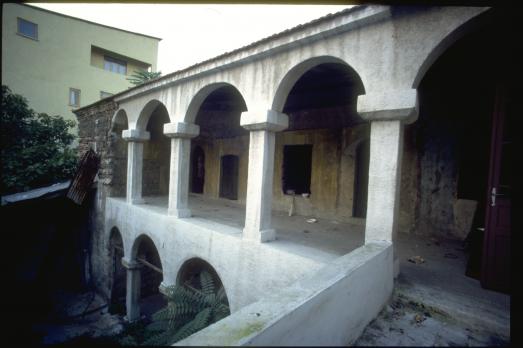
Tahta Minare district, TR
The Çana Synagogue in Istanbul is a Sephardi synagogue from the 14th century. This stone synagogue is now abandoned.

new
Nestled amidst the serene landscapes of the Harz region, lies a hidden gem for nature enthusiasts and history buffs alike - the Harz Monastery Hiking Trail. Lace up your hiking boots and embark on this captivating adventure that will transport you back in time.

The Holy Mile (Miglio Sacro) of Naples is a one-mile-long itinerary, through sacred places linked to the city's patron saint, San Gennaro, in the Rione Sanità district. Discover the city from a new perspective with this unique walking tour.

As a university city, cultural offerings abound in Tartu and will reach their peak after being designated one of three European Capitals of Culture for 2024. In this list, we've compiled the most interesting sacred places to visit in and around the old town.